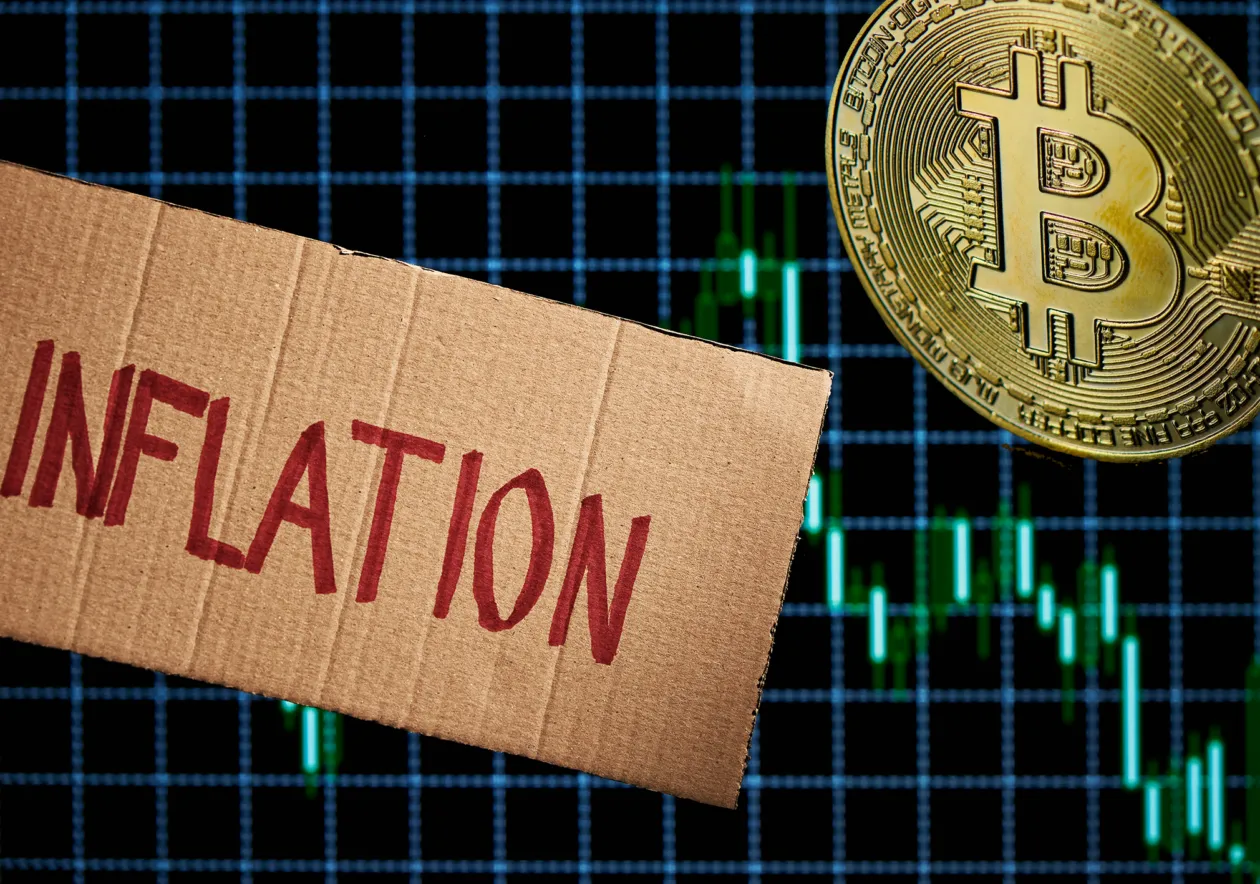
Bitcoin's relationship with inflation is a fascinating topic! Let's dive in:
Bitcoin and Inflation:
- Bitcoin was designed to counter the harms of inflation. Here's how it works:
- Limited Supply: Bitcoin has a fixed limit of 21 million coins that can ever be created. This scarcity allows it to resist inflation.
- Central Bank Money Printing: Traditional currencies are subject to inflation due to central banks printing more money. During the COVID-19 pandemic, countries injected trillions of dollars into their economies, leading to concerns about inflation.
- Bitcoin's Performance: Despite economic downturns, asset prices (including bitcoin) surged. Investors saw bitcoin as a hedge against inflation.
- However, the kind of inflation investors expected hasn't materialized yet. U.S. inflation remained stable through 2020.
- Synthetic Inflation: Built into Bitcoin is a synthetic form of inflation. Every 210,000 mined blocks (approximately every four years), miners' rewards are halved, adding new Bitcoin into circulation.
- Bitcoin was designed to counter the harms of inflation. Here's how it works:
Bitcoin's Current Inflation:
- The current inflation rate of the Bitcoin network is 1.77%, and it's decreasing. Owning Bitcoin means storing wealth into the future with certainty, as no one can devalue or create new bitcoins.
In summary, Bitcoin's limited supply and resistance to central bank money printing make it an intriguing asset in the context of inflation.🚀💡